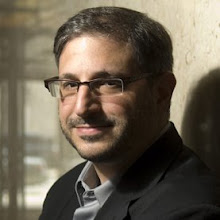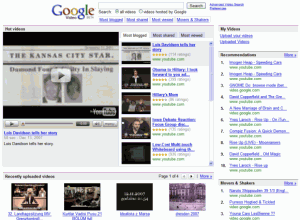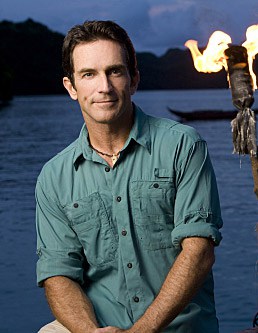Mark Stencel is the managing editor for digital news at NPR. He worked at the Washington Post for 12 years.
NPR is a public broadcast outlet. It’s a non-profit. Non-profit is more as a tax status, the most money they make come from donations that local stations make. NPR keeps those organizations up-to-date.
NPR loves traffic! People trapped on their cars with nothing to do. Their market has grown, when other news organization are struggling.

http://activerain.com/blogsview/1371303/what-is-the-traffic-like-in-washington-dc-
Their problem? NPR is not as big online. People don’t go to npr.org after a long day of work. And they also don’t listen to radio at work.
The solution? Build a web presence. Created a ‘news organization’ for the website, and hired people like Stencel, with a print/newspaper background. Going mobile is also another way to expand.
Photos for a radio station? Radio is used to paint the picture. With online resources, you can see pictures. Should they publish those pictures even if they are too intense? They have just started making those editorial decisions.
They have to selectively choose if they will translate the story into video, written, or radio. They do music stories, and have experienced with animation.
“Don’t cover events, cover the implications.” Matt Thompson, Stencel’s colleague.
Interactivity is key. The radio always had a conversational tone. But how do you translate that quality to text? Interaction these days has changed. Social media changed everything. The update their facebook page carefully, and it’s a completely different audience.
For Twitter, Andy Carvin plays the host. He does live tweeting, and is one of the main people doing it. NPR has some guidelines for his reporter/hosts tweeting.
News happen quickly and our job is to report quickly.







